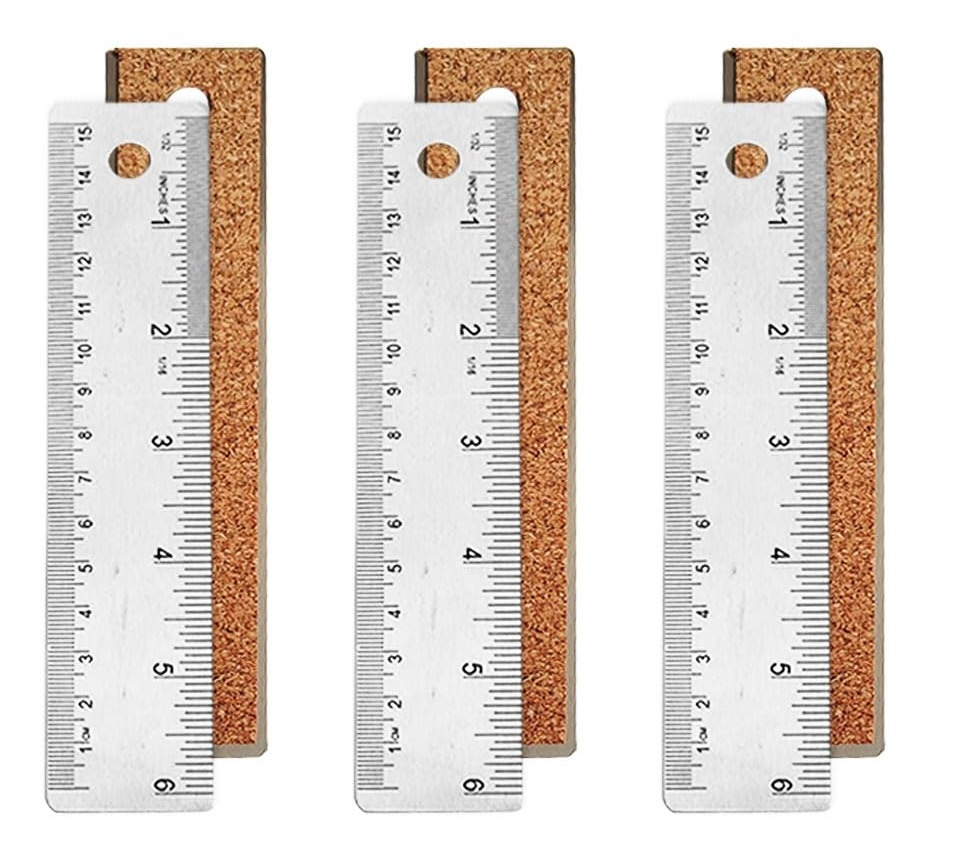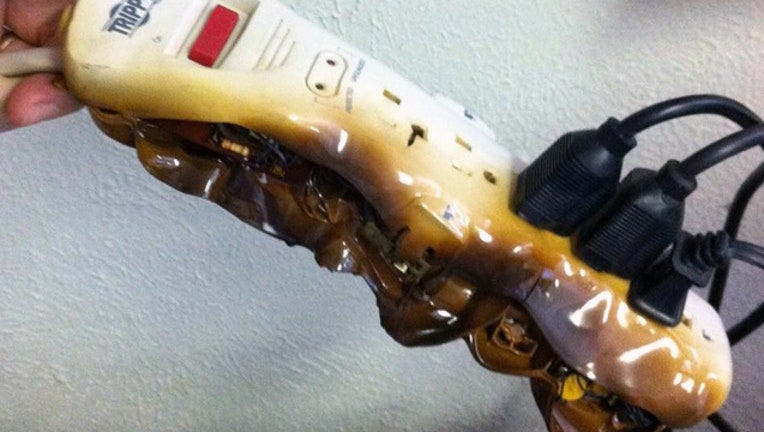Gar's Tips & Tools - Issue #206
Access to tools, techniques, and shop tales from the diverse worlds of DIY
.
How to Sand in Tiny Spaces
Most of my readers, especially the more hobby-minded and small project makers, likely know about sanding rods, twigs, sticks, and other specialty tools designed for small-parts sanding. But sometimes, even these solutions can’t cut it. This Model Car Muse video takes a long time to deliver its core idea… TL;DR: Use the tip of a chop stick or small dowel and circles of sandpaper cut with a hole punch and glued onto it. I am definitely going to make a few of these.
Push Reel Mowers
From the Tools for Possibilities newsletter comes this ode to the manual push mower:
Easiest hand mower
When I first realized that my housemates were serious about me using a push mower to cut our yard, I was a little skeptical. Eventually I was won over by the environmental benefits and the sense of accomplishment that I received from using a “reel mower.” The first mower we purchased is literally called the “Prison reel mower” and I wouldn’t recommend it. The Brill Luxus 38 Reel Mower on the other hand is a sweet piece of engineering. It is very light at 17 pounds, weather resistant, and has variable height ranges. It feels good in your hands and seems very well designed. Now that I use it, I wouldn’t even consider buying a gas or electric powered mower for an average size yard. But let me warn you, using a manual mower is physically much harder, takes more time, and is very difficult if not impossible with tall grass (which means regular mowing). Whether you choose to look at that as an environmentally friendly and money-saving workout or a punishment is up to you. — Patrick Chen
My lawn mowing days are long over, but if I was still able-bodied enough, I would definitely spring for one of these. As Kevin Kelly points out in the comments, dull blades on push mowers is what makes them a chore to use, and sharpening is hard (or expensive). The Brill mower is allegedly designed in such a way that the manufacturer claims it only needs a sharpen every eight years.
TOYS! Tiny Rulers Rule!
One of my favorite moments of tool-love discovery is when I find a tool that’s an instant aha and I want to smack my forehead for going so long without understanding its indispensable utility. Enter the diminutive 6” ruler. I love rulers and I have all sorts of them: printer’s ruler, desk rulers, carpenter’s square, machinist’s ruler, sewing gauge, etc. But they’re all at least a foot long. It had never occurred to me to get a 6” ruler until I saw a hobby modeler using one and they pointed out something I understood all too well: Your workbench gets covered in stuff, then you go to, say cut some polystyrene, and you have to move everything out of the way so your 12” or 15” ruler can lay flat on the cutting mat. For small-scale work, the 6-incher solves that beautifully. And, for under $6, you get three. I now have one at each of my workstations.
Extension Cord and Power Strip No-Nos
It’s coming upon that time of the year when the unknowing play electrical-cord fire roulette with their extension cords and power strips. CNet has a service journalism piece on 7 devices to keep far away from extension cords and power strips. I assume Gar’s Tips & Tools readers know these basic extension cord fire hazard scenarios already (space heaters, toaster ovens, microwaves, etc.). But just in case…
Here’s the TL;DR:
“…The big thing to keep in mind regarding extension cords is to never use them with ‘any appliances whatsoever.’ He also said that your average home extension cords [and by that I assume he means 16- and 14-guage cords -ed] shouldn’t be used for anything above 15 amps (1,800 watts), regardless of where or how the device operates. With power strips and surge protectors, those should only be paired with electronics.”
Which Adhesive is Best for HDPE Plastic
In this video, Hacks By Dad tests 13 different tapes, glues, and epoxies to determine which is the stronger bond between two HDPE bottle caps. The caps were glued together and then subjected to a weight-pulling jig. The top three winners were JB KwikWeld (at 20.2 lbs of holding power), Gorilla 5-min Epoxy (25.8 lbs.), and… the winner is: Dap Rapid Rise (at 27.6 lbs). For mounting tape, Duck brand hung on for an impressive 19.8 lbs. before failure.
How to Repair Broken Plastic
In more plastic makery news: I have always been intrigued by plastic hot staple welding. In this Chris Notap video, he gives one a go on a split recycling can. If you’re gonna repair anything plastic, your recycling can seems top o’ the list. We have a split in out municipal recycling bin. Maybe I’ll try to hot staple weld it rather than turning it in for a new one. The kit he used is cheap, at $35, and there are ones under $20. Since this is not a high-use tool for most of us, a cheap tool is probably good enough.
Consider a Paid Subscription
Gar’s Tips & Tools is free. But if you really like what I’m throwing down and want to support it, please consider a paid subscription. Same great taste, more cheddar to help keep me in tattoo wash bottles. Plus, I’ll occasionally pick paid subscribers at random and send them little treats, tools, or tip-related treasures.
Your support keeps this whole Rube Goldberg contraption lovingly cobbled together and running…smoothly (enough). Thank you!
Special thanks to Hero of the Realm members: Jim Coraci, Donobster, Peter Sugarman, and Will Phillips for your generous support.





I've had one of those plactic repair welding kit for about a year now. It's proven it's worth and paid for itself with the fixes I've done. Highly recommend!